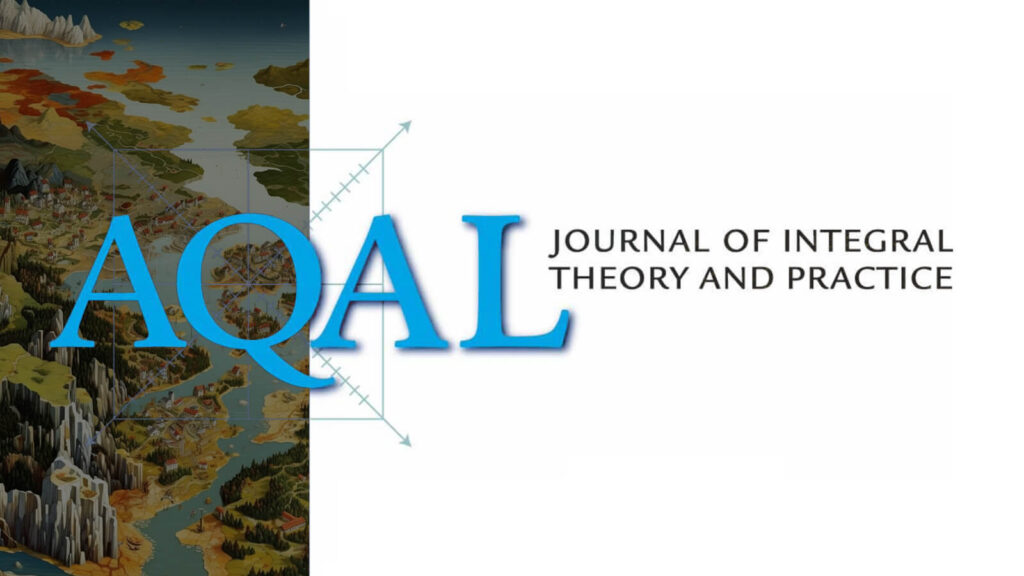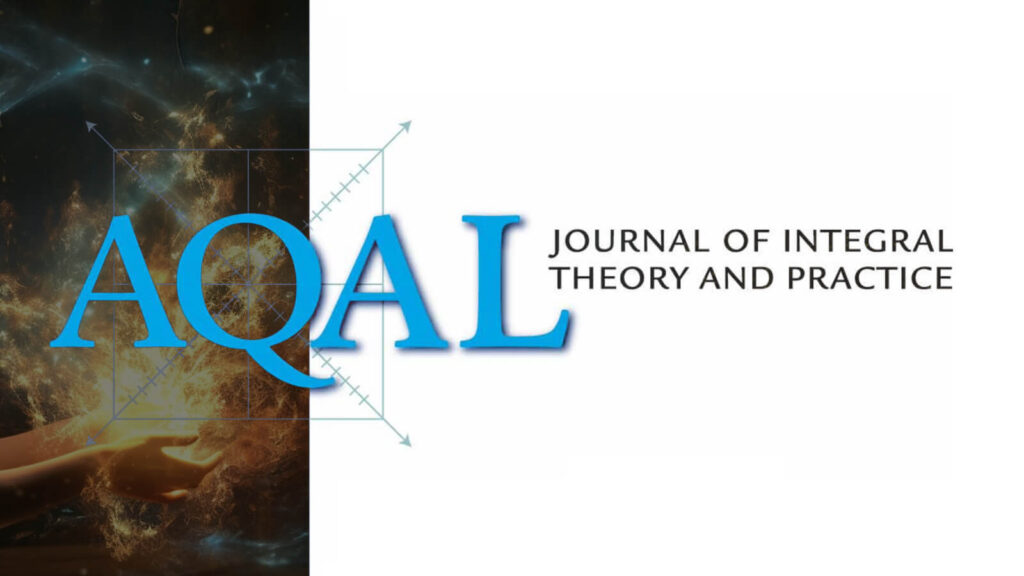This article introduces some of the basic elements of Integral Geography as both theory and practice for applying the AQAL framework to the study of the world. A historical overview elaborates what geography is, how it evolved as a discipline, and how geographers frame a number of key dimensions of inquiry in studying both the human and natural world. These key dimensions are then situated in relation to the AQAL framework and are used to reveal how space, spatiality, and topology are intrinsic to the AQAL map and Integral Theory in general.


 June 24, 2023
June 24, 2023 


